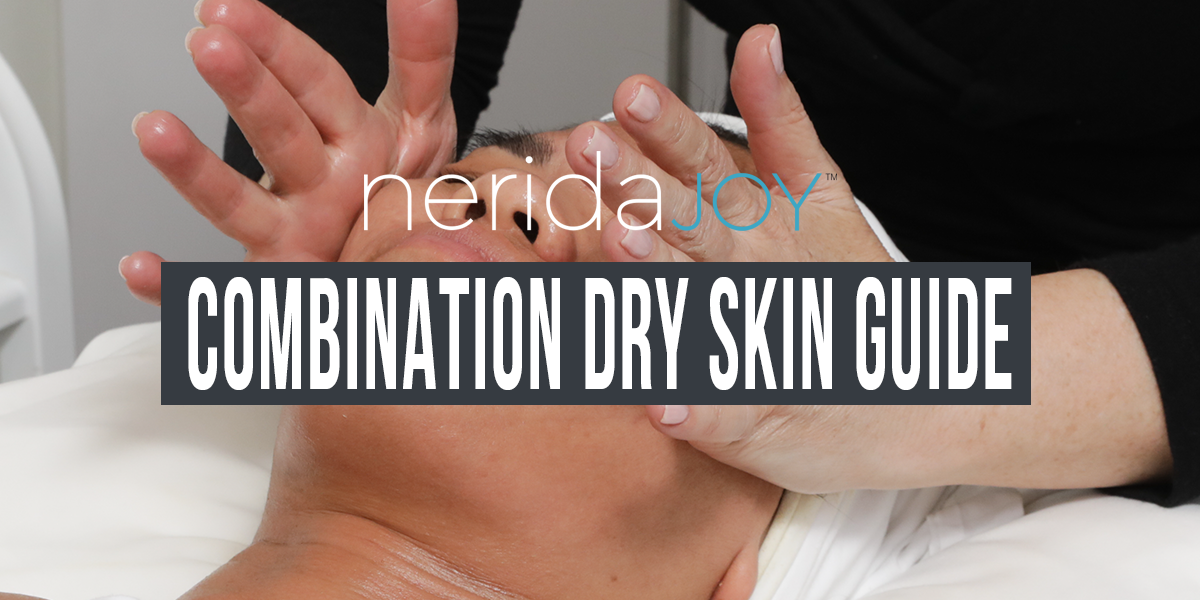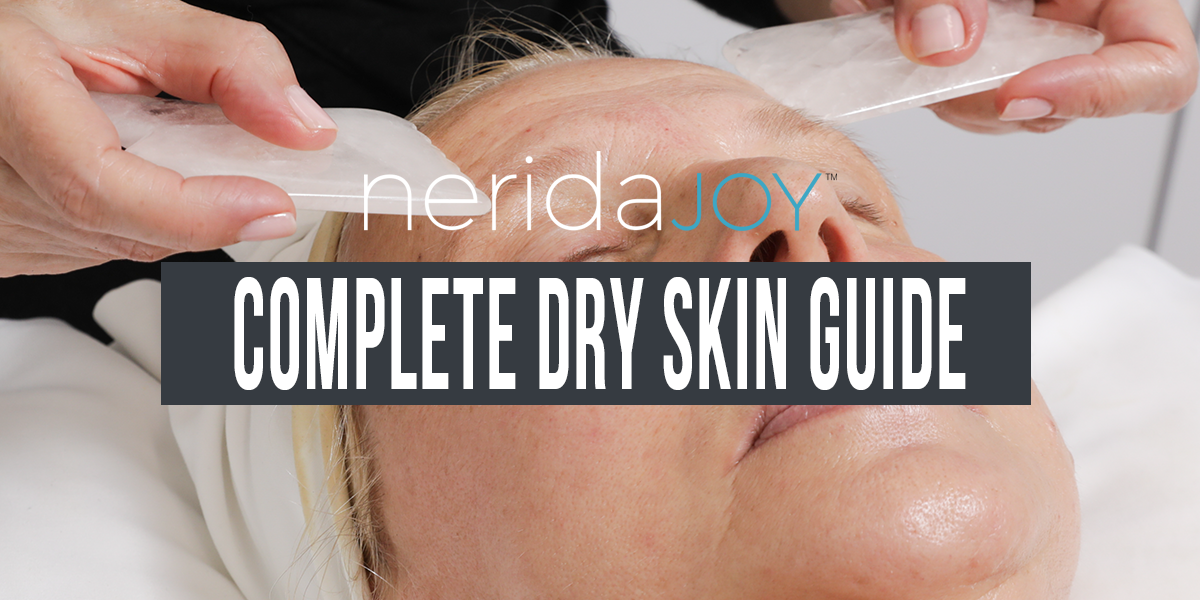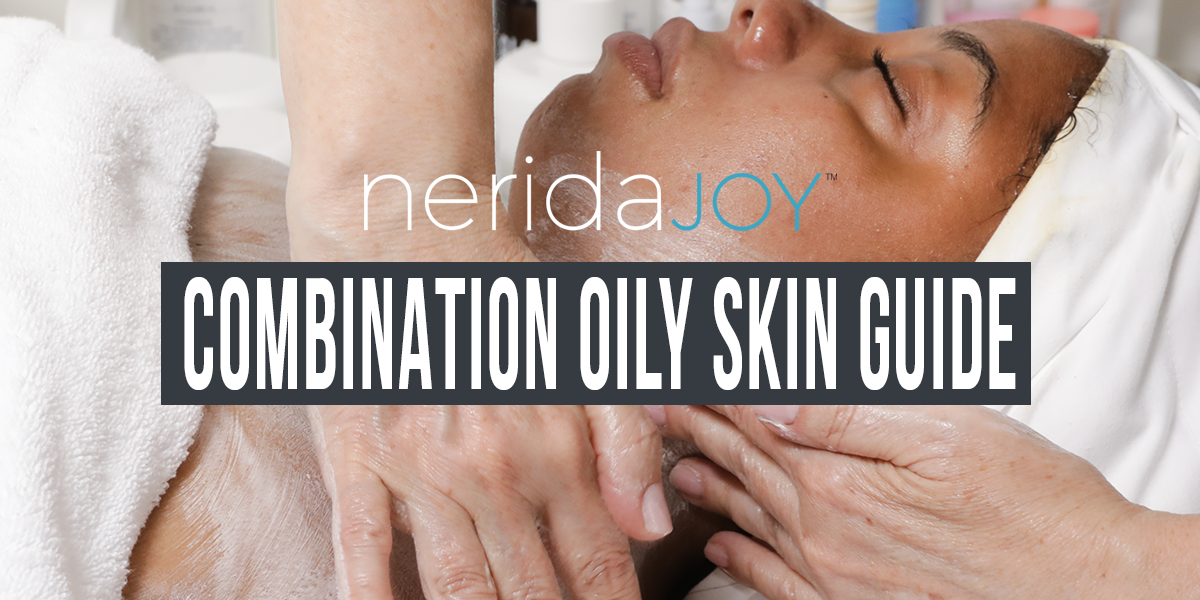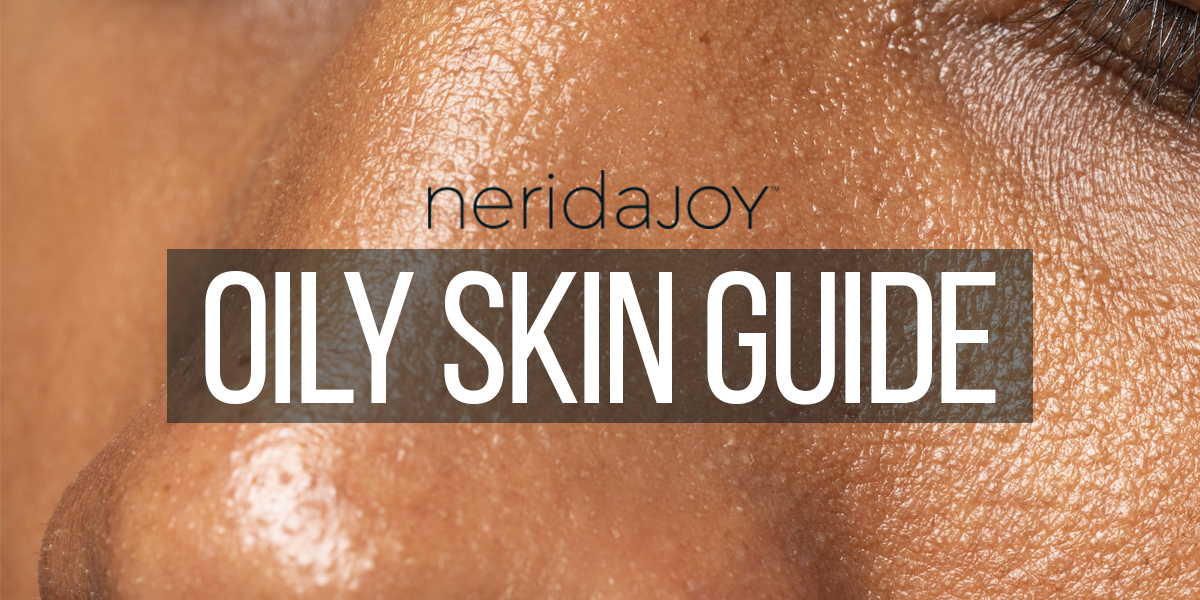What sub-conditions affect combination/dry skin?
Surface dryness, larger pores in the oily area by your nose and chin, congestion – especially food-related congestion – and milia. Also inflammation and ruddiness, capillary damage, eczema, dermatitis and rosacea. As with a true dry skin, you may experience some pigmentation issues such as brown spots or sun damage.
Is there an advantage to having combination/dry skin?
A combination skin is considered a ‘normal’ skin. And because it’s mostly dry, you’ll have naturally small pores and very few blackheads.
Is there anything I should avoid?
It’s important not to over-exfoliate your skin by using strong acids or scrubbing granules. Keep your exfoliation to every 7–10 days and use a mild, non-irritating exfoliant that will gently buff the surface of the skin and absorb dead cells.
What are the essential products I should use?
A really good cleanser to keep the skin soft and supple, an active treatment serum or moisturizer to brighten, tighten and tone the skin, a good eye cream to protect and hydrate the eye area, and a hydrating physical sunblock.
What’s the best cleanser for my skin type?
A non-foaming gel, gelée or milk cleanser – something that thoroughly cleans your skin without stripping it, and leaves it feeling soft and supple.
Being thorough with your cleansing is important for every skin type. Make sure to massage your cleanser into your face for a good 30 seconds, particularly in the evenings, and then remove it with a clean, warm, wet washcloth.
What mask should I use?
A collagen sheet mask that will have a boosting effect, or a mask with brightening ingredients such as ginseng or suma extract. Hydrating sheet masks are also good.
What are the best serums?
A peptide serum is a fantastic choice because peptides signal your cells to produce more collagen, while simultaneously hydrating and smoothing the skin. Hyaluronic acid is another good ingredient to look for because it coats the cells and stops moisture from escaping.
To feed and brighten your skin, look for serums containing arnica, kojic acid or licorice extract, which all support the capillaries; or vitamin C, which is a powerful antioxidant that fights free radicals, increases cell turnover and acts as an extra level of protection against sun and other environmental damage.
Finally, a serum with active ingredients will boost the production of collagen and elastin, building a strong support system for your skin. AHAs are wonderful for shrinking pores, tightening and toning the skin, and improving congestion. Retinol buffers back the skin’s outer layer, improving the appearance of lines and wrinkles.
What’s the best moisturizer?
Again, look for something with hydrating hyaluronic acid or brightening arnica, licorice extract or vitamin C. If you’re not using actives in your serum, add a good AHA or retinoid treatment moisturizer.
In the winter months, choose a medium-occlusive moisturizer that forms a light film on the skin to protect it and keep it hydrated, and switch to a lighter, more emollient formulation for the summer.
And what’s best for my eye area?
The skin here is really delicate, so apply an eye cream or gel that every morning and evening to keep it hydrated.
What are the most beneficial movements to support my skin?
Massaging in your products with both circular and upward motions will help improve your circulation, bring oxygen to the blood and stimulate muscle tone. These movements are also great for boosting and lifting the skin
What are the best tools to use?
Because massage is so important for drier skin types, gua sha and cryo sticks really help you get those lifting movements that will keep the skin looking pretty, healthy and dewy. You can also use a hand-held muscle-stimulating device to further lift and tone the skin.
What are the three key things that will keep my skin looking healthy?
You always want to have a good cleanser that keeps the skin clean, soft and hydrated, a boosting and hydrating serum or moisturizer and a physical sunblock of at least SPF 40 to protect the skin from harmful UVA and UVB rays that loosen the skin and cause sun damage.
How often should I get a facial?
A monthly facial is wonderful because lots of regular massage with lifting, upward motions helps keep your skin looking healthy and pretty. If you can, try to get a facial every four to eight weeks.
And what treatments would be good for me?
Boosting antioxidant treatments are great for addressing sun damage and brown spots. You can also choose treatments that use stronger retinoids or AHAs than you’ll find in your homecare products, which will help keep the skin tight and toned and boost the production of collagen and elastin.








